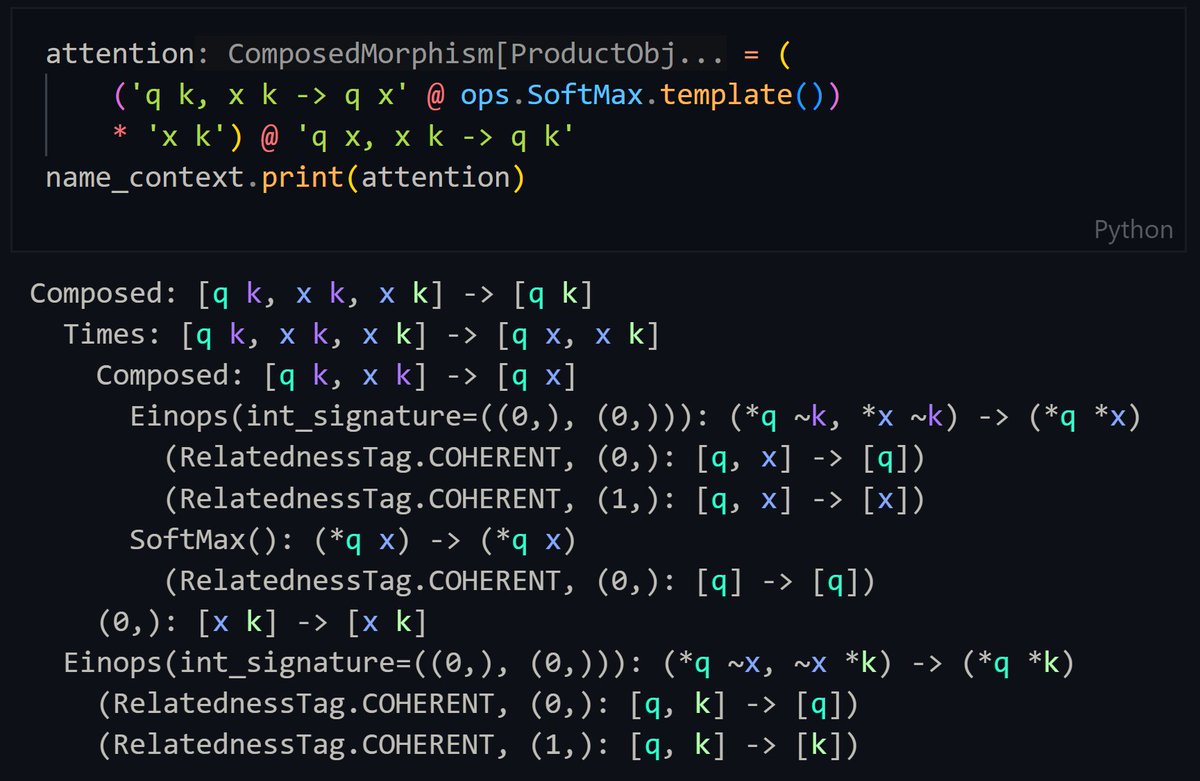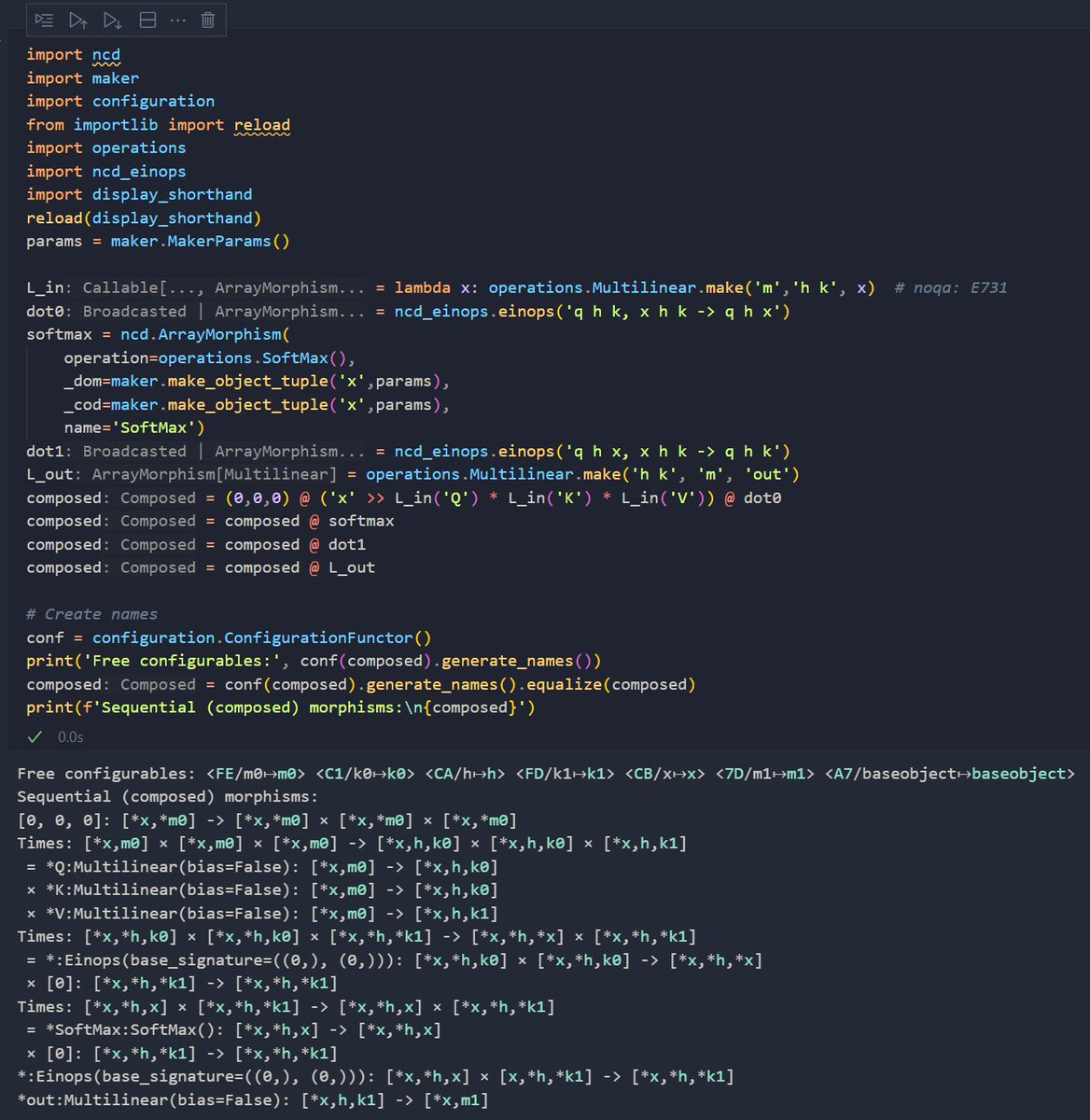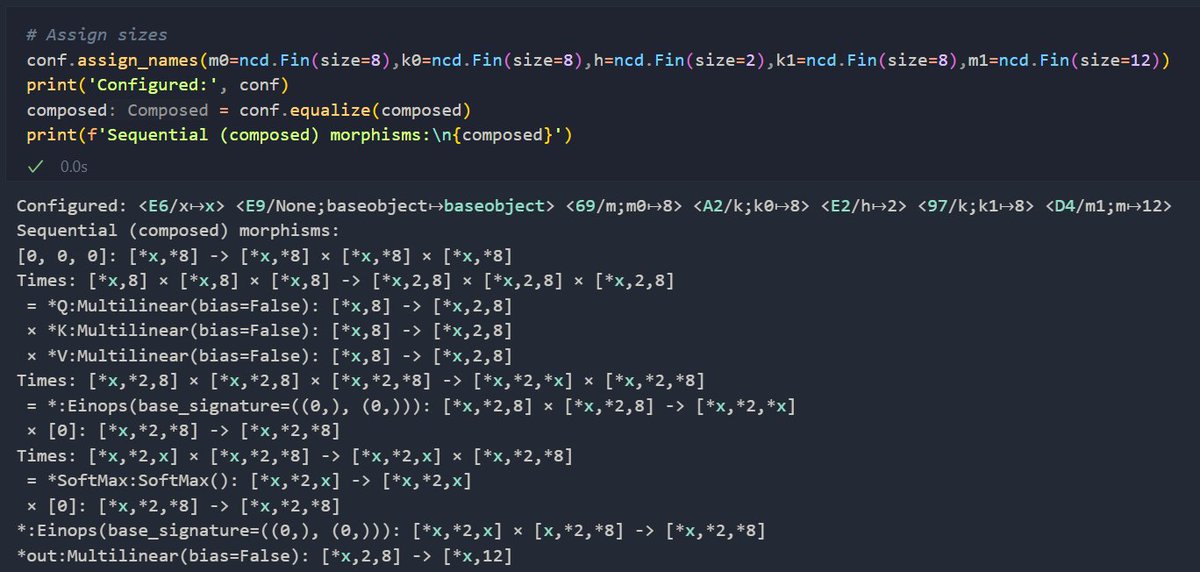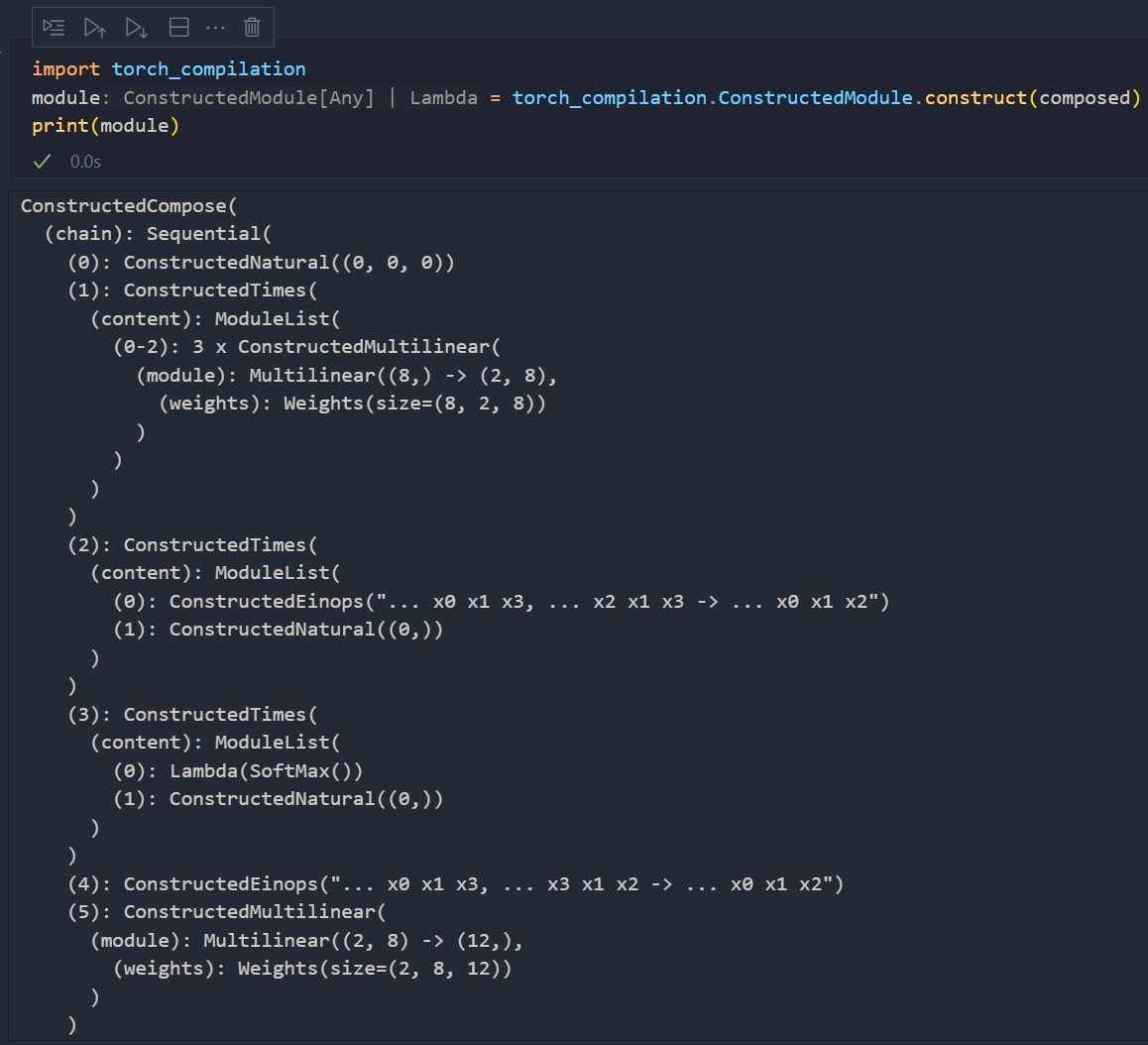
Vincent Abbott
@vtabbott_
Followers
7K
Following
3K
Media
149
Statuses
517
Maker of *those* diagrams for deep learning algorithms | @mit @mitlids incoming PhD
Perth 🔜 Boston
Joined July 2022
RT @vtabbott_: @SzymonOzog_ I'll be refactoring the code to allow for texture packs at some point. This is actually a good resource for sty….
0
1
0
Recently posted w/ @GioeleZardini and @sgestalt_jp. Diagrams indicate exponents are attention’s bottleneck. We use the fusion theorems to show any normalizer works for fusion and we replace SoftMax with L2, and implement it thanks to @GerardGlow47445! Even w/o warp shuffling TC.
2
5
26



























